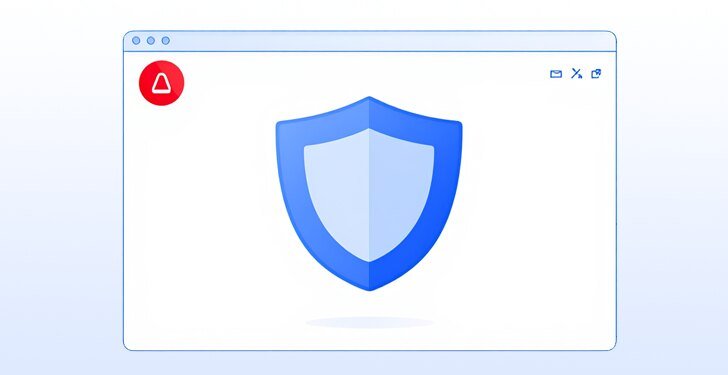# Why Traditional CASB Solutions Fall Short with Shadow SaaS and How You Can Get Ahead 🚀
The landscape of SaaS (Software as a Service) solutions is growing exponentially, and organizations are increasingly adopting these cloud-based services to streamline operations. However, with rapid SaaS adoption comes a burgeoning shadow IT problem known as “Shadow SaaS.” A recent report sheds light on why current CASB (Cloud Access Security Broker) solutions are failing to address this growing concern and provides insights into how you can navigate these challenges effectively.
## Understanding Shadow SaaS: The Unseen Threat 🌐
Shadow SaaS represents the use of SaaS applications in an organization without explicit IT department approval. This invisible universe of apps quietly—or sometimes loudly—functions in the backdrop. These applications often escape the radars of traditional CASB solutions, leading to potential security risks and data leaks.
Employees looking to improve their productivity may adopt new SaaS applications without knowing the potential hazards, inadvertently making the company vulnerable to security breaches. The issue stems from the mismatch between the fast-evolving cloud services landscape and the often rigid, outdated policies running today’s cybersecurity frameworks.
## Why Traditional CASB Solutions Miss the Mark 🚫
Unfortunately, traditional CASB solutions struggle to keep up with the rapid proliferation of non-approved SaaS applications for several reasons:
### Visibility Limitations
Many CASB solutions focus solely on known, sanctioned apps and protocols, leaving a critical blind spot in tracking unauthorized SaaS usage. This tunnel vision results in a lack of awareness of potential malicious activities happening right under the organization’s nose.
### Poor Integration
Legacy systems are often incompatible with newer SaaS apps, causing lapses in coverage. Incompatibility issues hinder comprehensive monitoring and prevent an organization from leveraging the full benefits of cloud solutions.
### Static Security Approaches
Many current solutions rely on static and manual policy enforcement, which is ineffective against the dynamic nature of shadow IT. Such rigidity leaves organizations vulnerable to fast-evolving threats in the SaaS ecosystem.
These limitations underscore the growing need for a shift in the security paradigm to adapt to the realities of Shadow SaaS.
## The Path Forward: Enhancing Security on the Cloud ☁️
Organizations can no longer afford to rely solely on traditional security measures. To effectively tackle the challenges posed by Shadow SaaS, consider the following strategies:
### Adopt AI-Driven Security Solutions
AI can help identify unusual patterns within the network, detecting unauthorized use of SaaS applications that traditional solutions can overlook. Leveraging artificial intelligence introduces a new layer of intelligence, facilitating proactive threat detection and response.
### Implement Continuous Monitoring
Real-time monitoring helps gain full visibility into cloud applications and flag potential security incidents immediately. This ongoing vigilance ensures that no suspicious activity goes unnoticed.
### Educate Your Workforce
Regular training sessions regarding the risks associated with unapproved software use can significantly mitigate the risks of Shadow SaaS. By promoting a security-aware culture, employees become the first line of defense against potential exploitation.
### Leverage API-Security Solutions
APIs can offer deep integration with SaaS applications, providing comprehensive insights and control over app usage. Understanding and managing API interactions is crucial to safeguarding data flow between applications.
### Use Adaptive Security Frameworks
Adaptive frameworks enable on-the-fly adjustments to security policies as new threats emerge. By embracing a more flexible approach, organizations can better align security measures with the dynamic reality of the cloud landscape.
The evolution to a more effective approach is a necessary shift for organizations striving to maintain security in today’s multifaceted digital ecosystem.
## Conclusion: Secure Your SaaS Strategy Today 🔐
It’s clear that CASB solutions in their traditional form are inadequate in addressing the complexities of Shadow SaaS. By adopting more dynamic, responsive, and integrated security measures, organizations can better safeguard their sensitive data and remain resilient against emerging cyber threats.
Don’t wait until it’s too late. Implement strategies to manage Shadow SaaS effectively, and ensure that your company’s cloud journey remains smooth, secure, and productive. Partner with experts who understand the nuances of modern-day cloud security needs and step confidently into a safer digital future.
For further insights and tips on SaaS security, stay tuned to our blog and subscribe to stay ahead of the curve in this fast-paced digital world!



















































